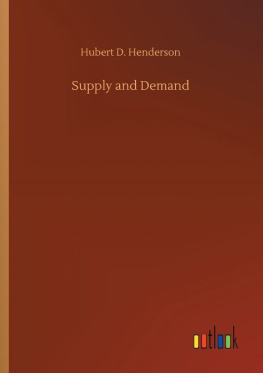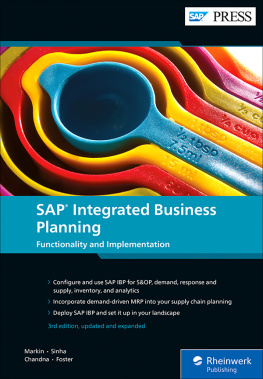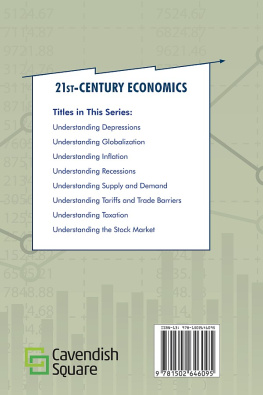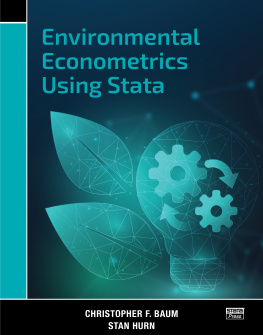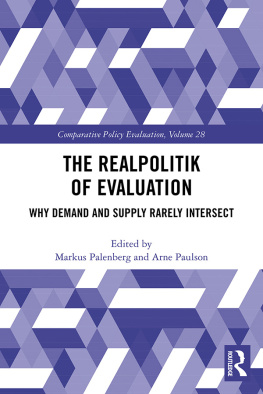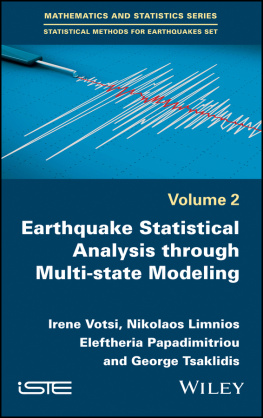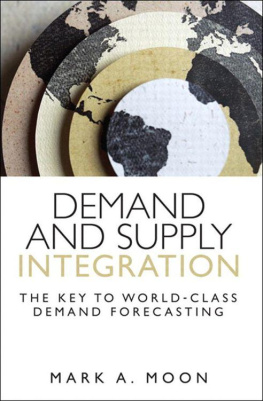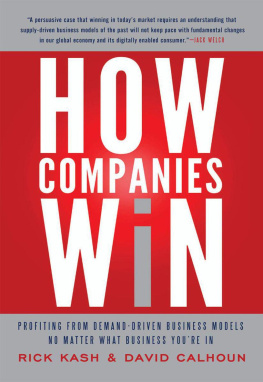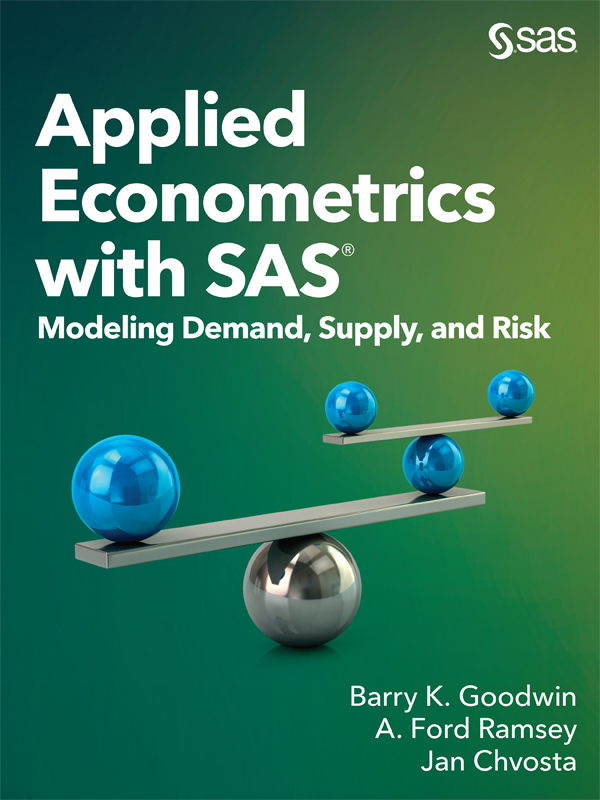
The correct bibliographic citation for this manual is as follows: Goodwin, Barry K., A. Ford Ramsey, and Jan Chvosta. 2018. Applied Econometrics with SAS: Modeling Demand, Supply, and Risk. Cary, NC: SAS Institute Inc.
Applied Econometrics with SAS: Modeling Demand, Supply, and Risk
Copyright 2018, SAS Institute Inc., Cary, NC, USA
ISBN 978-1-62960-407-7 (Hard copy)
ISBN 978-1-63526-050-2 (EPUB)
ISBN 978-1-63526-051-9 (MOBI)
ISBN 978-1-63526-052-6 (PDF)
All Rights Reserved. Produced in the United States of America.
For a hard copy book: No part of this publication may be reproduced, stored in a retrieval system, or transmitted, in any form or by any means, electronic, mechanical, photocopying, or otherwise, without the prior written permission of the publisher, SAS Institute Inc.
For a web download or e-book: Your use of this publication shall be governed by the terms established by the vendor at the time you acquire this publication.
The scanning, uploading, and distribution of this book via the Internet or any other means without the permission of the publisher is illegal and punishable by law. Please purchase only authorized electronic editions and do not participate in or encourage electronic piracy of copyrighted materials. Your support of others rights is appreciated.
U.S. Government License Rights; Restricted Rights: The Software and its documentation is commercial computer software developed at private expense and is provided with RESTRICTED RIGHTS to the United States Government. Use, duplication, or disclosure of the Software by the United States Government is subject to the license terms of this Agreement pursuant to, as applicable, FAR 12.212, DFAR 227.7202-1(a), DFAR 227.7202-3(a), and DFAR 227.7202-4, and, to the extent required under U.S. federal law, the minimum restricted rights as set out in FAR 52.227-19 (DEC 2007). If FAR 52.227-19 is applicable, this provision serves as notice under clause (c) thereof and no other notice is required to be affixed to the Software or documentation. The Governments rights in Software and documentation shall be only those set forth in this Agreement.
SAS Institute Inc., SAS Campus Drive, Cary, NC 27513-2414
March 2018
SAS and all other SAS Institute Inc. product or service names are registered trademarks or trademarks of SAS Institute Inc. in the USA and other countries. indicates USA registration.
Other brand and product names are trademarks of their respective companies.
SAS software may be provided with certain third-party software, including but not limited to open-source software, which is licensed under its applicable third-party software license agreement. For license information about third-party software distributed with SAS software, refer to http://support.sas.com/thirdpartylicenses.
Contents
About the Authors

Barry K. Goodwin, PhD, is the William Neal Reynolds Distinguished Professor in the Department of Agricultural and Resource Economics, as well as a Graduate Alumni Distinguished Professor in the Department of Economics, at North Carolina State University, where he teaches and conducts research on policy, risk, trade, and applied econometrics. He is a fellow and past president of the Agricultural and Applied Economics Association. He has coauthored three books and more than 150 peer-reviewed journal articles, receiving numerous research awards, including best article awards from the American Journal of Agricultural Economics, the Journal of Agricultural and Resource Economics, and the Canadian Journal of Agricultural Economics. Professor Goodwin completed his PhD in economics at North Carolina State University in 1988.

A.Ford Ramsey, PhD, is an assistant professor in the Department of Agricultural and Applied Economics at Virginia Polytechnic Institute and State University. His research interests are risk and insurance, agricultural economics, and applied econometrics. He has been a SAS user since 2012 and was a consultant for SAS from 2014 to 2017. He was honored with an Australian Agricultural and Resource Economics Society / Agricultural and Applied Economics Association Heading South Award and the National Science Foundation East Asia and Pacific Summer Institutes Fellowship. Professor Ramsey completed his PhD in economics at North Carolina State University in 2017.

Jan Chvosta, PhD, is Senior Manager of Economics Technology Solutions, Advanced Analytics, in Research and Development at SAS. His research interests are econometric modeling, cross-sectional and panel data analysis, spatial econometrics, and high-performance computing. Dr. Chvosta was born in the Czech Republic. Shortly after receiving an MS in Informatics from the Czech University of Life Sciences in 1994, he relocated to the United States to pursue a career in economics and econometrics. He received an MS in applied economics from Montana State University in 1996. In 2004, he graduated from North Carolina State University with an MS in applied statistics and a PhD in economics.
Learn more about these authors by visiting their author pages, where you can download free book excerpts, access example code and data, read the latest reviews, get updates, and more:
http://support.sas.com/goodwin
http://support.sas.com/ramsey
http://support.sas.com/chvosta
Acknowledgments
We thank Jeffrey Dorfman, Thomas Marsh, George Davis, Wen Bardsley, and Donna Woodward for taking time to review the book and for providing us with many helpful comments, which greatly improved the final draft. We also thank our editors Jenny Jennings Foerst and Julie McAlpine Palmieri for guiding us through the writing process. Their numerous edits, comments, and coordination of the review process are truly appreciated. In addition, we thank Mark Little for making this project possible, and we acknowledge the many other colleagues at SAS Institute who in various ways contributed.
Chapter 1
Introduction
Contents
1.1 Overview
As computing speed has increased, applied econometric analysis has significantly expanded its scope and scale. Analysis that only 20 years ago was infeasible can now be completed in the blink of an eye. These developments have helped to shape economics as an empirical science. Modern analysts have a multitude of tools at their disposal, and SAS remains the first choice for many in research, academia, and the business analytics sector. SAS has a number of important advantages. First and foremost, it is thoroughly tested and validated for critical applications. It is fast, with many procedures being optimized for multi-threaded applications. SAS offers extraordinary technical support. Finally, SAS is robust, is flexible, and can be easily adapted to any application.
The examples contained in this volume represent a wide variety of applications that we have covered in over 25 years of teaching. Weve used SAS in graduate teaching at four universities (North Carolina State, Ohio State, Kansas State, and Virginia Tech) and have had the pleasure of training hundreds of graduate students in its use and application. The examples included in this volume were collected from doctoral classes in demand analysis, production analysis, risk modeling, and microeconometrics. The examples are intended to illustrate an approach to applied analysis that can easily be modified to fit general problems of interest encountered by applied practitioners. They may be easily altered for application in any software environment or through the SAS OnDemand for Academics.
Next page

